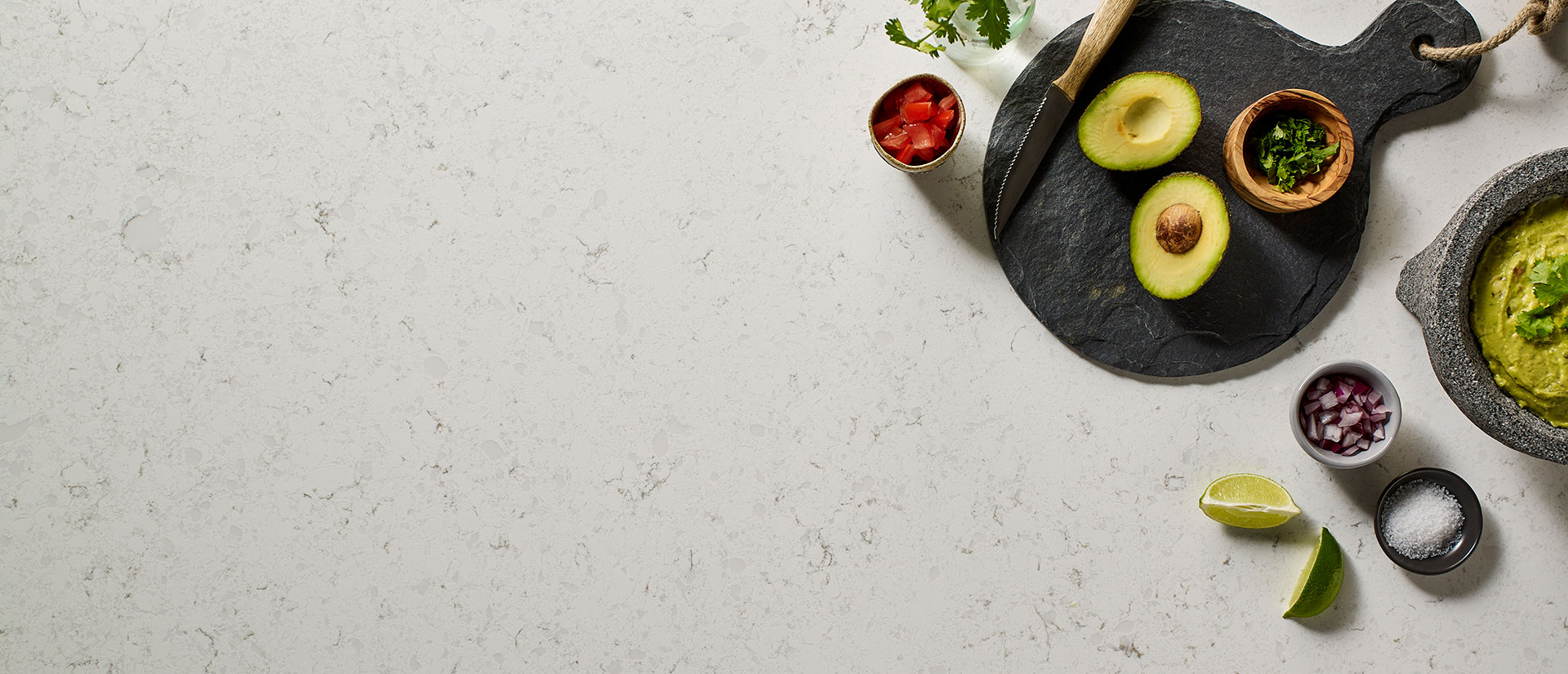You may be a beginner at designing an interior space that represents your unique style, or maybe you’re just looking for more tips to upgrade your home, office or any space that you want to look uniquely you. One way to help you on your way is to use the elements of interior design. These elements help balance an interior space to look aesthetically pleasing, as well as functional
The idea behind these elements is to craft the art of design to fit your style, while fulfilling the space’s practical role. Here, our interior designers have summarized each to help you find what fits your perfect space.
Space
'Space' refers to the distance between and around furniture and objects, and their proportions within a room. Getting the balance within a room just right relies on using both 'positive' and 'negative' spaces to their benefit.
Positive space is where the room’s physical elements – such as a couch and loveseat – are positioned. Negative space refers to the gaps in between, and includes circulation space for navigating through the room, as well as the areas left open to prevent the room from feeling cluttered.
An appropriate balance between the two is vital for a room to feel well positioned. One with more negative space will feel more spacious and can give the illusion the room is bigger than it actually is (perfect tactic when decorating small offices or studio apartments). But, too much negative space can also make a room feel under-furnished and plain. A room with too much positive space taken up can feel crowded and over-furnished.
This element of interior design is relatively easy to navigate once you know your style. If you have an eclectic, bohemian vibe, using up that positive space can showcase all your personal effects. If you like a minimalist, modern look, minimize the negative space. A great way to utilize negative space is to choose flooring that enhances your style, like large, intricate tile or stone, or a beautiful, medium to dark hardwood flooring.
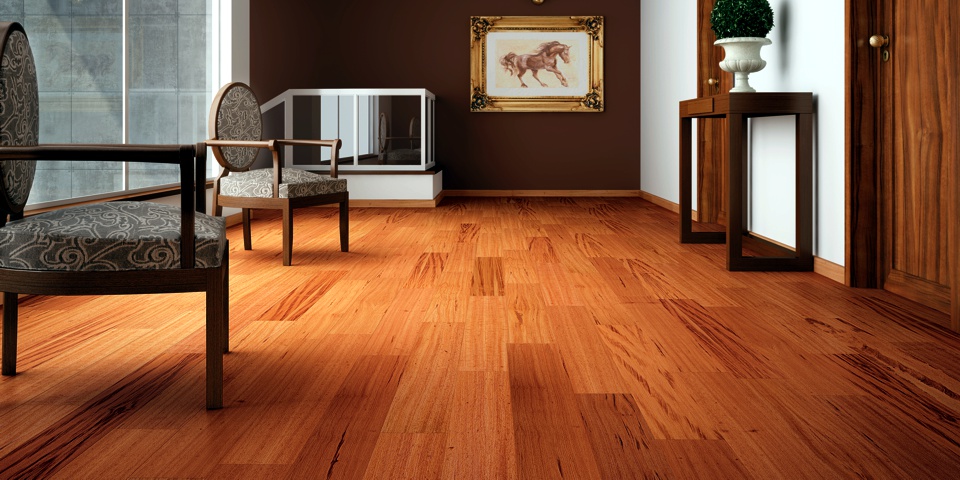
Lines
Both the structural features and the room’s furnishings can create lines that influence the feel of the space, and they can also be used to bring attention to a focal point. As well as horizontal and vertical, they can be dynamic.
Horizontal lines, such as tables, bring a sense of stability to an interior. They can also make a room feel wider. The vertical lines of the room come from features like windows, doors or an accent wall. Choosing a tall piece of furniture, for example, can lead the eye upwards and visually heighten the room.
Dynamic lines like diagonals, zigzags and curves could come from a feature such as an accent wall, kitchen backsplash or wood pillars.
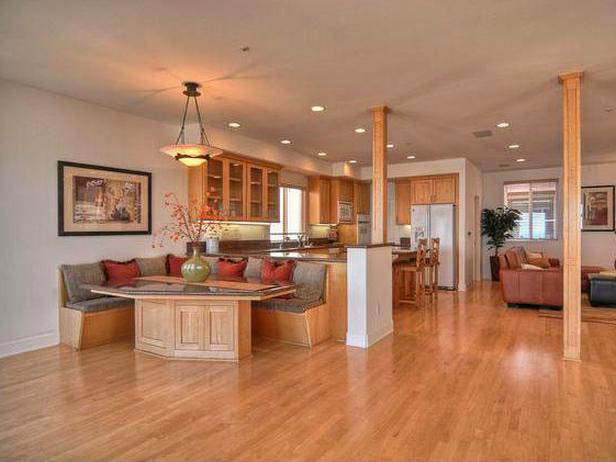
Form
Form is shape, and that includes the shape of the room itself along with the objects within it like furniture, artwork and your favorite accessories. These shapes might be geometric (precise lines and angles) or natural, not just the irregular shapes of nature but curvy pieces.
The key with form is balance. Natural shapes can bring softness to an interior, contrasting stronger geometrics to find a happy medium. If you have a lot of sharp edges in a space like the kitchen, try using round hanging lights and softer shaped dining chairs or circular bar stools.
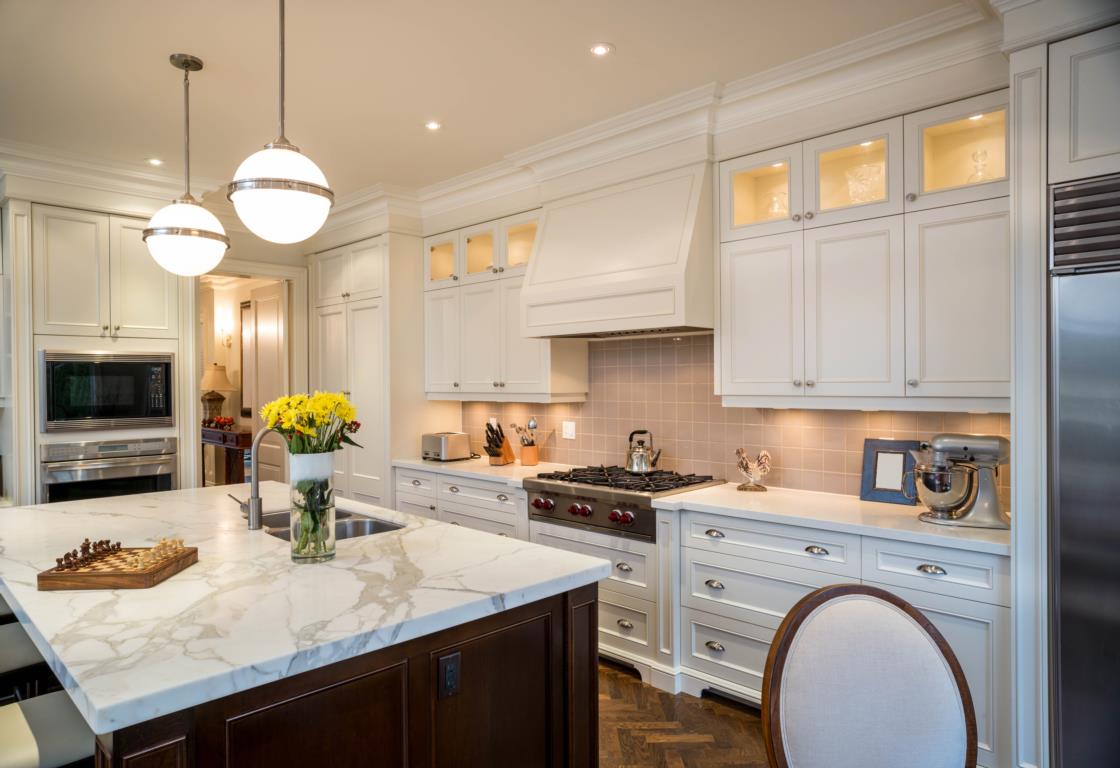
Light
Most interior spaces make use of both natural daylight and artificial lighting. While the quantity and quality of daylight might seem fixed, you can incorporate drapes and curtains that work with the other elements of the room.
Artificial light comes from the room’s ambient or background lighting, the accent lighting that draws attention to objects or certain features, and the task lighting that makes a kitchen safe for food preparation, an office desk bright enough for working, or an area of a living space comfortable for reading. Remember, the room needs to fulfill its practical purpose as well as look good.
If your style leans more towards the more modern look, consider small, in-ceiling lights with dimming features. These kinds of lights compliment larger spaces.
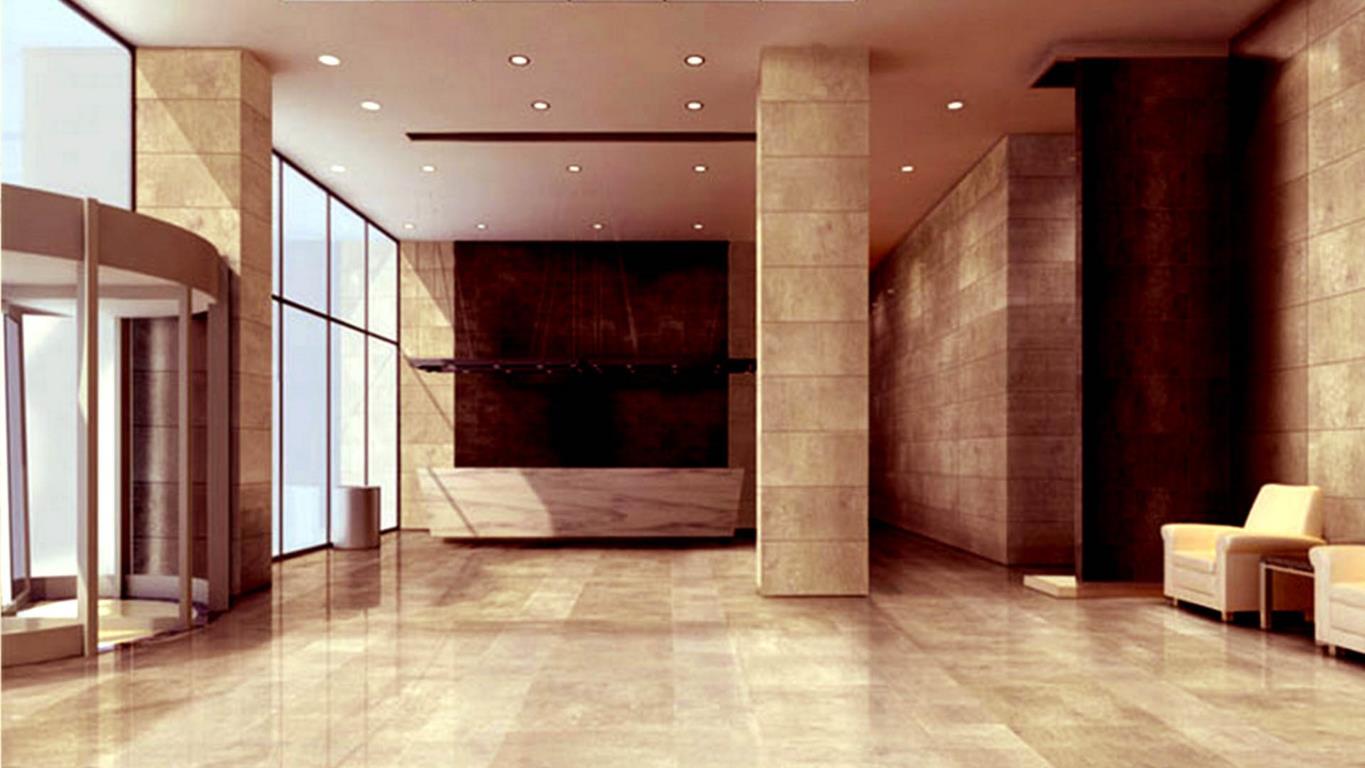
Color
Perhaps our favorite to pick out is the colors that will create the mood for each room. Color has the power to make a room feel larger, lighter, or cozier. Of course, it’s important that the color(s) of your choice complement the room’s use, like more restful shades for bedrooms or energetic hues in a home office.
Make the guest bathroom pop with large tile work in complementing shades of blue.
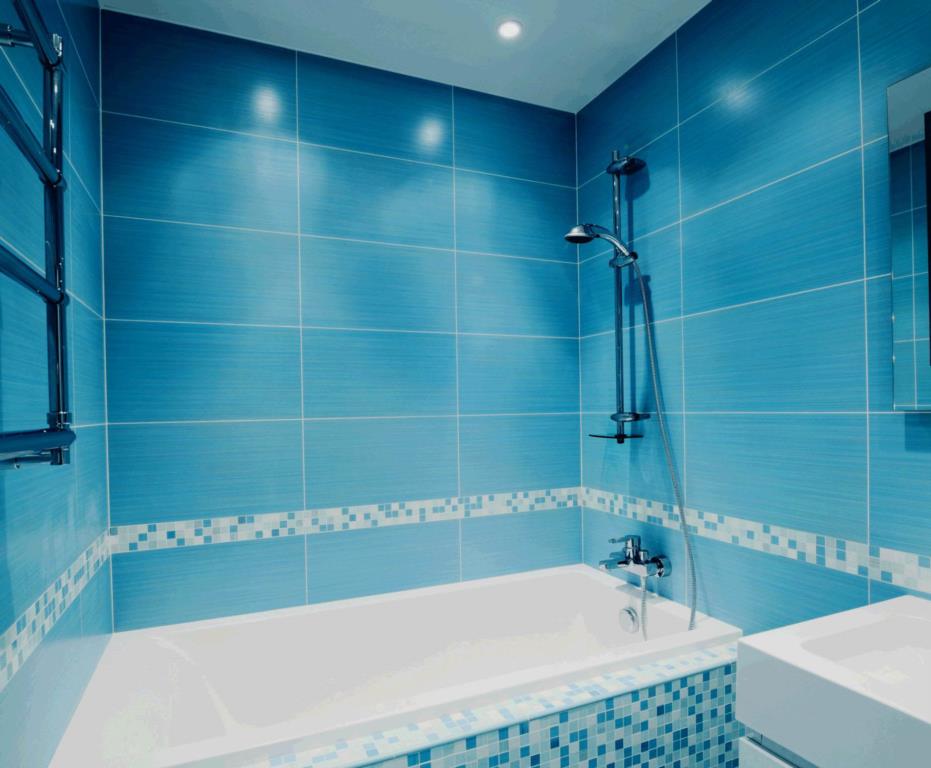
Texture
Texture counts because of how it feels, of course, but also because of how it looks. Every part of a room scheme from furniture and flooring to fabrics and decorative accessories contributes to the selection of textures in a room. Mixing textures and contrasting them add to the depth and uniqueness to any room.
If you’re designing a room that could work with carpet, a cross weave pattern adds texture all on it’s own.
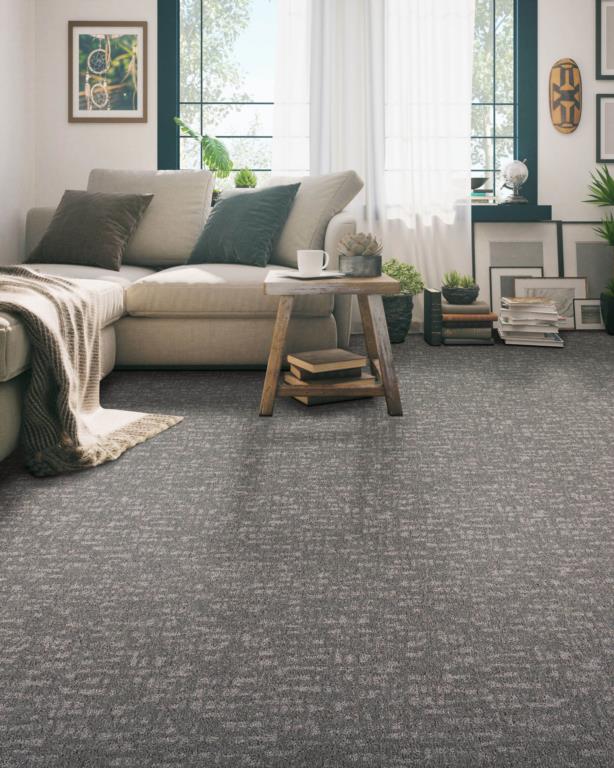
Pattern
Pattern, like texture, adds interest to your room’s style. Patterns can come from an area rug, accent stone walls and wood flooring. Pattern needs to have balance, as too much in one area can become hectic rather than eclectic.
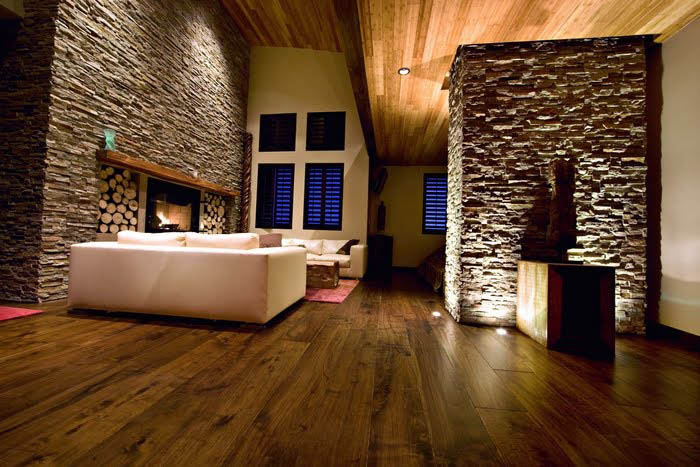
Overwhelmed? Contact our interior designers at Surfaces PCB! No matter your style, we can help you use these elements of interior design to craft a space that is uniquely you. From accent walls to hardwood flooring and granite countertops to tile backsplashes, our experts can custom fabricate any room of your home with over 20+ exclusive lines of tile, granite, hardwood flooring and more. Visit our 12,000 square foot showroom located at 17500 Panama City Beach Parkway for inspiration or give us a call today to get started!
